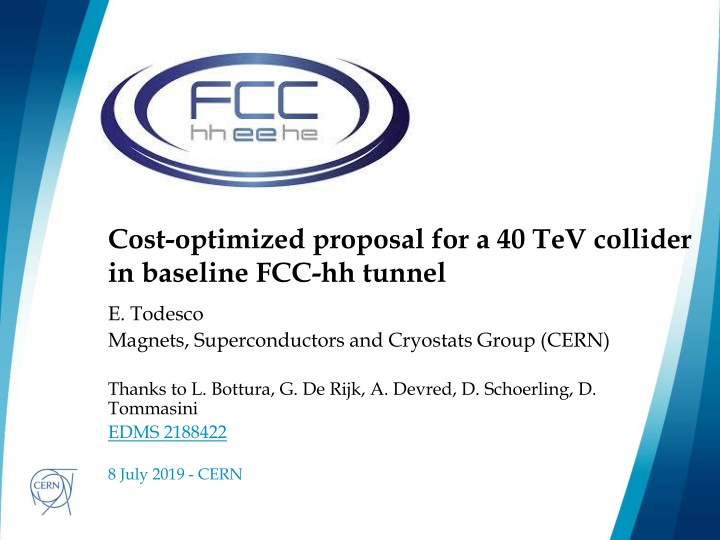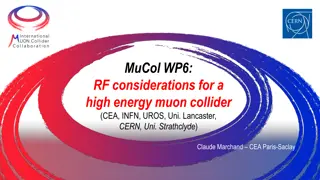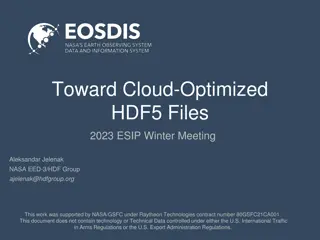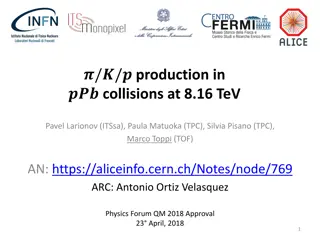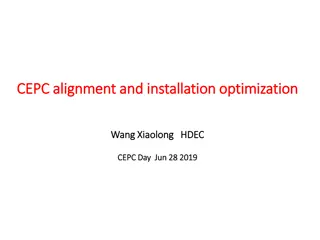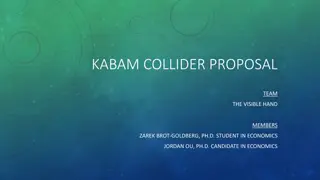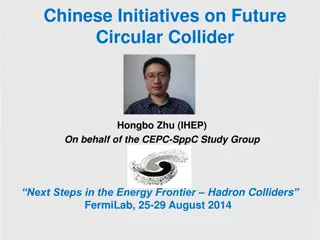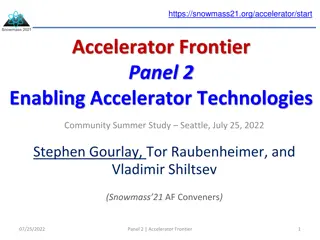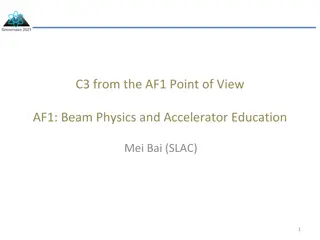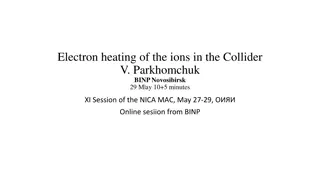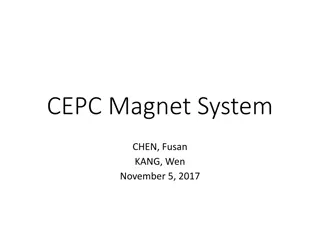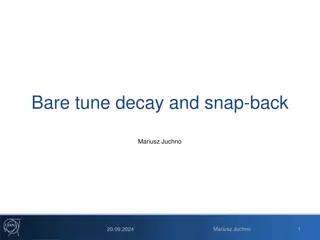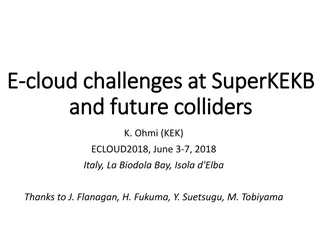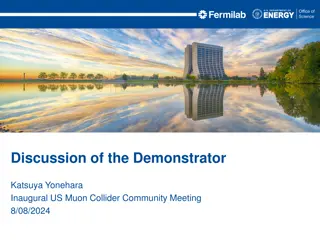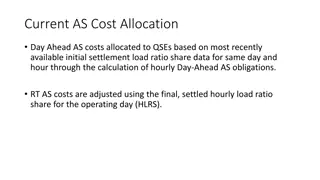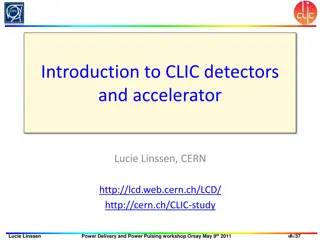Cost-Optimized Proposal for a 40 TeV Collider
A cost-optimized proposal for a 40 TeV collider in the FCC-hh tunnel, utilizing superconducting technologies. The proposal includes design constraints, hypotheses, and cost estimates for the project. Different magnet configurations and material choices are considered to minimize costs while maintaining performance.
Download Presentation

Please find below an Image/Link to download the presentation.
The content on the website is provided AS IS for your information and personal use only. It may not be sold, licensed, or shared on other websites without obtaining consent from the author.If you encounter any issues during the download, it is possible that the publisher has removed the file from their server.
You are allowed to download the files provided on this website for personal or commercial use, subject to the condition that they are used lawfully. All files are the property of their respective owners.
The content on the website is provided AS IS for your information and personal use only. It may not be sold, licensed, or shared on other websites without obtaining consent from the author.
E N D
Presentation Transcript
Cost-optimized proposal for a 40 TeV collider in baseline FCC-hh tunnel E. Todesco Magnets, Superconductors and Cryostats Group (CERN) Thanks to L. Bottura, G. De Rijk, A. Devred, D. Schoerling, D. Tommasini EDMS 2188422 8 July 2019 - CERN logo area
THE IDEA In Grenada workshop, a proposal was made to consider the option of a superconducting, Nb-Ti low cost, intermediate field, to be installed in the FCC 100 km tunnel This to have an alternative with similar cost to the FCC- ee option, and similar mature technology Study was launched in May 3 meetings with Luca, Davide, Daniel, Gijs, Arnaud and myself A memo was given to the management last week logo area E. Todesco 2
CONTENTS Design contraints and assumptions Results Proposal Sensitivity study Overall cost estimate logo area E. Todesco 3
HYPOTHESIS Aperture: 50 mm Magnet length: 14.3 m Operational point on the loadline: 75% To avoid massive training in a 4500 magnets machine Temperatue: 1.9 K or 4.5 K Overall current density > 500 A/mm2 To have quench protection not more challenging as LHC dipoles Diameter sized to avoid fring fields For smaller fields, smaller magnet Thin spacers between coil and iron to maximize iron contribution design a la HL LHC D1, or LHC MQXFA Maximum cable dimension of 18 mm width logo area E. Todesco 4
ONE LAYER CASE We could also consider a double collaring in one go with iron split in two pieces and key in the middle We adopt this design for one layer, up to about 6.5 T t f w D f d logo area E. Todesco 5
DOUBLE LAYER CASE Above 6.5 T (double layer), we go for SS collars w t c f D d logo area E. Todesco 6
HYPOTHESIS Model based on components cost, and assumptions on manpower Dependencies on operational field Total size of the magnet, and therefore cost of iron raw material Size of the collars (for double layer) and cost of SS raw material Dependence on number of layers 40% increase in magnet manufacturing 30% increase in copper wedges 100% increase in end spacers Dependence on short sample field Quantity of superconductor logo area E. Todesco 7
CONTENTS Design contraints and assumptions Results Proposal Sensitivity study Overall cost estimate logo area E. Todesco 8
SHORT SAMPLE VS CABLE WIDTH (IRONLESS) Using the scaling laws, the short sample field is found versus coil width 10 9 8 Field (T) 7 6 5 4 0 10 20 30 40 Coil width (mm) logo area E. Todesco 9
IRON INCREASE OF FIELD This is what the iron provides as contribution to the main field for a given current logo area E. Todesco 10
IRON INCREASE OF OPERATIONAL FIELD Iron contribution for the same current 10 9 8 Field (T) 7 6 5 4 0 10 20 30 40 Coil width (mm) logo area E. Todesco 11
PROTECTION We fix a limit at 500 A/mm2 overall 600 500 j overall (A/mm2) 400 300 200 100 0 0 2 4 6 8 Field (T) logo area E. Todesco 12
MAGNET SIZE This is the magnet diameter (excluding shell) vs field 600 500 Magnet diamater (mm) 400 300 200 100 0 0 2 4 6 8 Field (T) logo area E. Todesco 13
COST PER MAGNET at 75% loadline 1200 1000 Cost per magnet (kCHF) 800 600 400 200 0 0 2 4 6 8 Field (T) logo area E. Todesco 14
RESULTS Magnification of previous picture logo area E. Todesco 15
PROPOSAL Operational temperature 1.9 K Operational current at 75% on the loadline Operational field of 6 T ~13.5 mm thick cable ~450 mm outer diameter (including 10 mm thick shell) Stored energy ~2 MJ per dipole Possible combination of current/inductance: ~5.4 kA, ~130 mH logo area E. Todesco 16
CONTENTS Design contraints and assumptions Results Proposal Sensitivity study Overall cost estimate logo area E. Todesco 17
SENSITIVITY STUDY Aperture from 50 to 60 mm: 4% increase 4.5 K option with 6 T costs the double of 1.9 K and 6 T 6.5 T option would cost 6% more than 6 T option Reduction of margin is not decreasing cost logo area E. Todesco 18
DEPENDENCE ON MARGIN Small dependence on margin 1200 1200 80% 1100 1100 Cost per magnet (kCHF) Cost per magnet (kCHF) 75% 1000 1000 900 900 800 800 700 700 600 600 500 500 4.0 4.5 5.0 5.5 6.0 6.5 7.0 7.5 8.0 4.0 4.5 5.0 5.5 6.0 6.5 7.0 7.5 8.0 Field (T) Field (T) 1200 85% 1100 Cost per magnet (kCHF) 1000 900 800 700 600 500 logo area 4.0 4.5 5.0 5.5 6.0 6.5 7.0 7.5 8.0 E. Todesco 19 Field (T)
MAIN QUADRUPOLES LHC has integrated gradient of ~600 T (200 T/m over 3 m) In the FCC at 6 T, the B will increase of 3.7 The cell length will be increased by a factor two, so the integrated gradient shall be 3.7/2 600 ~1100 T We consider 5.5 m long magnet with 200 T/m over 50 mm aperture We consider one quadrupole costing as half a dipole 300 kCHF Times 750 quadrupoles makes 225 MCHF We increase to 300 MCHF to account for lattice correctors logo area E. Todesco 20
OVERALL COST We consider 2019 CHF as unit 4500 dipoles at 6 T: 2.8 BCHF Main quadrupoles: 0.3 BCHF Insertions: 0.2 BCHF (it was 90 MCHF in LHC) DS and MS: 0.07 BCHF (30 MCHF in LHC) Total 3.4 BCHF logo area E. Todesco 21
